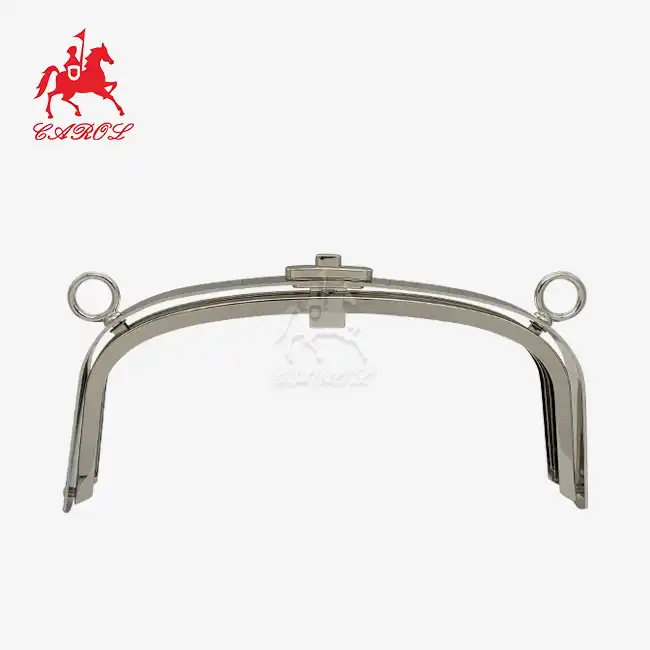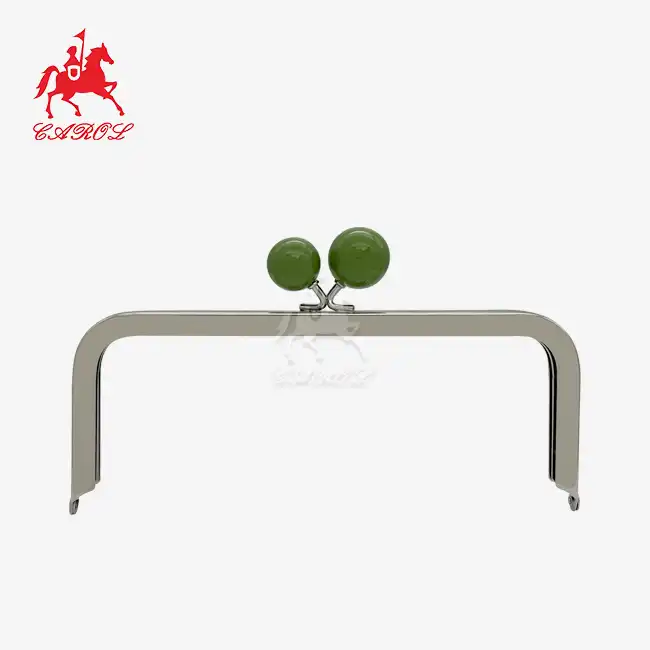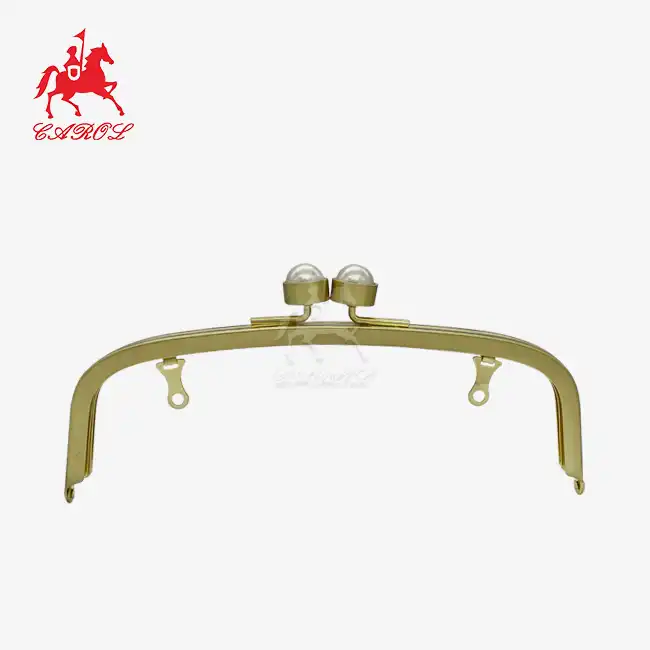What to attach a lobster clasp to?
Lobster clasps, named for their claw-like shape, are a versatile hardware component prized for three key traits: secure spring-loaded closures, durability (often made from stainless steel or zinc-plated metal), and one-handed operability. These features make them ideal for attaching items that require reliability, easy access, or resistance to accidental detachment. While they appear in many products, their most practical uses fall into distinct categories: pet gear (where safety is critical), everyday carry (EDC) and bag accessories (for convenience), and travel/luggage (for durability on the go).
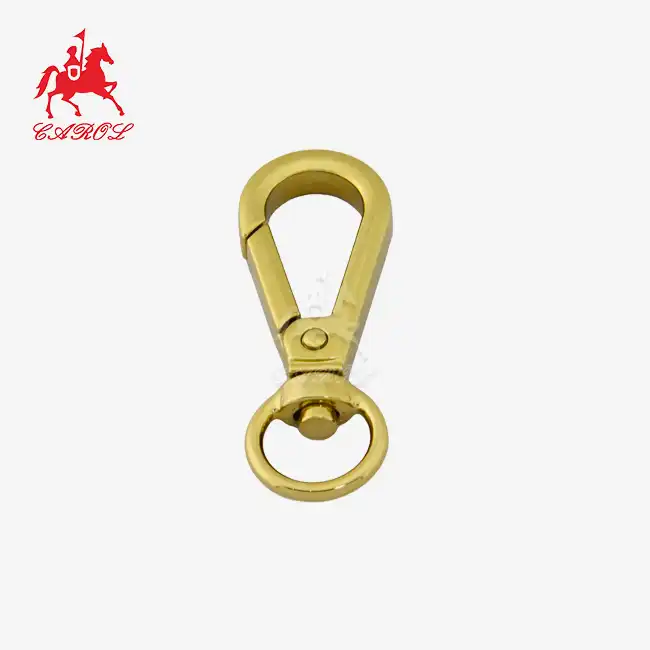
Dog Leashes to Collars or Harnesses
The most widespread use of lobster clasps in pet gear is connecting dog leashes to collars or harnesses. Specifically, attach the lobster clasp (typically fixed to the end of the leash) to the D-ring or O-ring on the dog's collar (located near the buckle) or harness (usually on the back between the shoulder blades or chest panel). This attachment works because the lobster clasp's closure, triggered by squeezing the “claw” to open, locks securely around the ring, even when a dog pulls sharply (e.g., chasing a squirrel or greeting another dog).
Why choose a lobster clasp here? Unlike bolt snaps (which often require two hands), lobster clasps let owners attach/detach the leash with one hand, critical for multitasking (e.g., holding a treat bag or opening a gate). For large or strong breeds (e.g., German Shepherds, Rottweilers), opt for heavy-duty lobster clasps (1-inch or larger in width) made from stainless steel, as they resist bending or breaking under high tension.
Tip: After attaching the clasp to the D-ring/O-ring, give the leash a firm tug to confirm the closure is secure. A properly closed lobster clasp will not open under moderate tension. If it slips, check for damage to the spring or claw mechanism and replace the clasp if needed.
While cats are less likely to pull than dogs, their outdoor harnesses still benefit from lobster clasps. Attach the clasp (on the end of a lightweight cat leash) to the small D-ring on the cat's harness, usually positioned on the back or chest. The one-handed operation is especially useful for cats, as they often squirm during leash attachment; a quick, secure clasp reduces stress for both the cat and owner.
While pet gear relies on lobster clasps for safety, their convenience shines in everyday scenarios, specifically, organizing and securing items people carry daily. From keychains to backpack accessories, lobster clasps turn disorganized bags into streamlined, accessible systems.
Everyday Carry (EDC) & Bag Accessories: Convenience and Accessibility
Everyday carry (EDC) items, keys, multitools, and water bottles often get lost at the bottom of bags or are hard to reach. Lobster clasps solve this by turning loose items into “clip-on” accessories, ensuring quick access and reducing the risk of loss.
Keychains and Small Tools
One of the simplest yet most effective uses for lobster clasps is attaching keychains or small tools to bags. Thread a lobster clasp onto a keyring (along with your keys) or the handle of a multitool, then clip the clasp to a D-ring inside or outside your backpack, purse, or belt bag. This keeps keys/tools from sinking to the bottom of the bag and lets you detach them with one hand, no more fumbling to unlock your door or use a tool in a hurry.
For keychains, choose small to medium lobster clasps (½-inch to ¾-inch width) to avoid bulk. For heavier tools (e.g., pliers, bottle openers), opt for sturdier stainless steel clasps to support the weight without bending. If attaching to a belt bag, look for clasps with a smooth finish, which prevents them from scratching the bag's material.
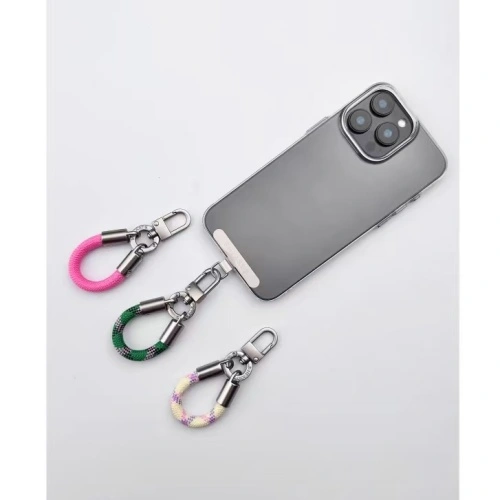
Backpack External Attachments
Backpacks often have external D-rings or loops designed for attaching extra gear, and lobster clasps are perfect for this. Clip a lobster clasp to the strap of a lightweight jacket, hat, or umbrella, then attach the clasp to the backpack's external D-rings. This frees up internal space (no need to stuff the jacket inside the bag) and keeps items dry (if it rains, the jacket stays on the outside, not soaking other gear).
For bulkier items (e.g., a folded jacket), use a larger lobster clasp (1-inch width) to ensure a secure hold. For delicate items (e.g., a wool hat), choose a clasp with rounded edges to avoid snagging the fabric. Always test the attachment by gently pulling the item; this confirms the clasp can handle the weight without slipping.
Beyond everyday use, lobster clasps are invaluable for travel, where gear faces rough handling (e.g., checked luggage, crowded airports) and security is a top priority. Their durability and secure closure make them ideal for securing travel essentials.
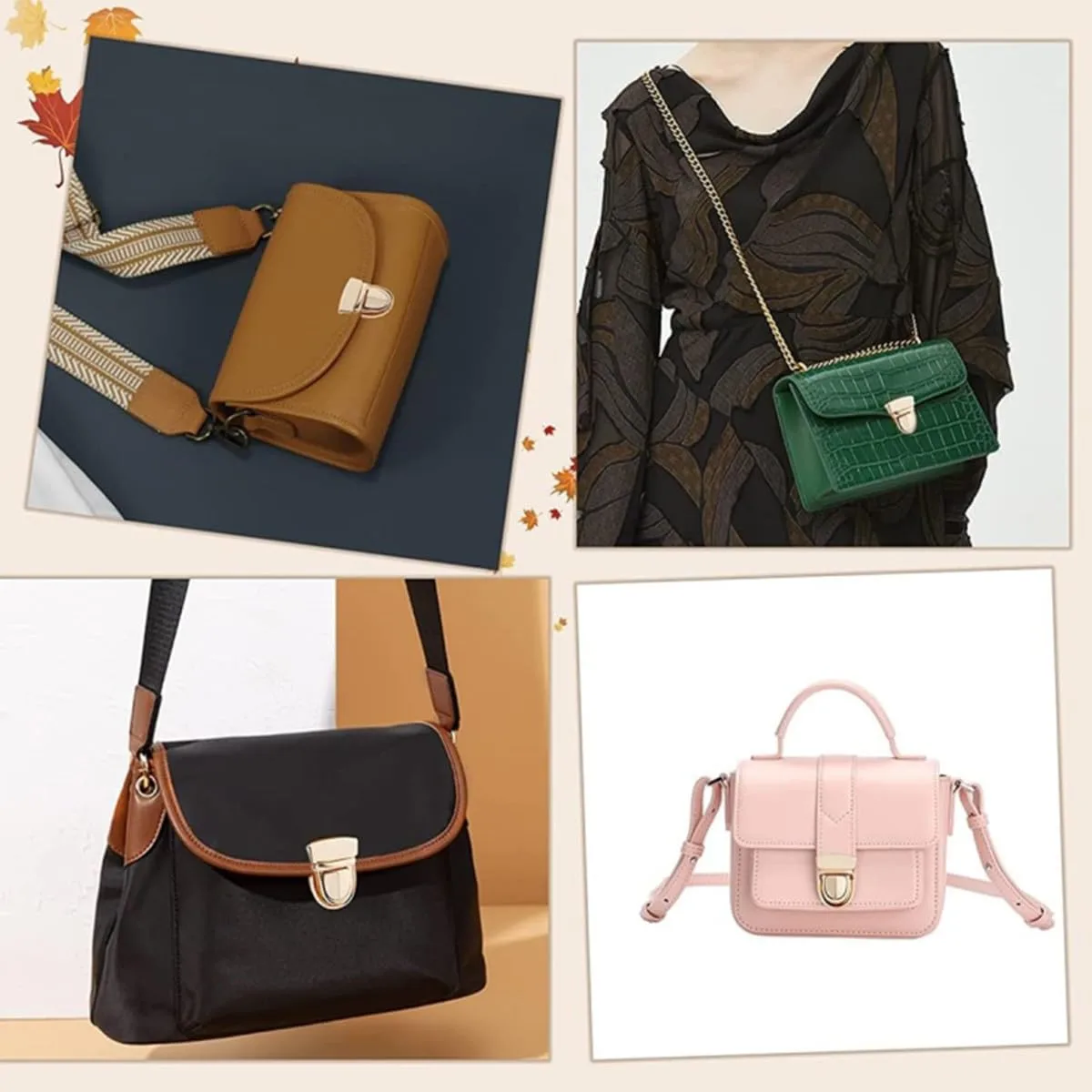
Travel & Luggage: Securing Gear on the Go
Travel often involves juggling multiple items, luggage, passports, identification tags, and lobster clasps help keep them organized and secure. Unlike flimsy plastic clips, they withstand the wear and tear of airports, trains, or buses, ensuring gear stays attached even during rough handling. This section covers the most practical travel-related attachments, where lobster clasps' strength and reliability matter most.
Luggage straps (used to cinch suitcases shut or attach additional bags) often rely on weak plastic buckles that break easily. Replace these buckles with heavy-duty lobster clasps for a more secure hold. Attach one end of the strap to a lobster clasp, then clip the clasp to the suitcase's D-ring or handle. Repeat on the other end of the strap, adjusting the length to cinch the suitcase shut or attach a duffel bag to a rolling suitcase.
For checked luggage, use extra-strong lobster clasps (1-inch to 1.25-inch width) made from thick stainless steel; these can withstand the pressure of being stacked with other bags. For carry-on luggage, smaller clasps work, but still prioritize metal over plastic. If attaching a duffel to a rolling suitcase, ensure the clasp’s opening is wide enough to fit both the duffel's handle and the suitcase's D-ring.
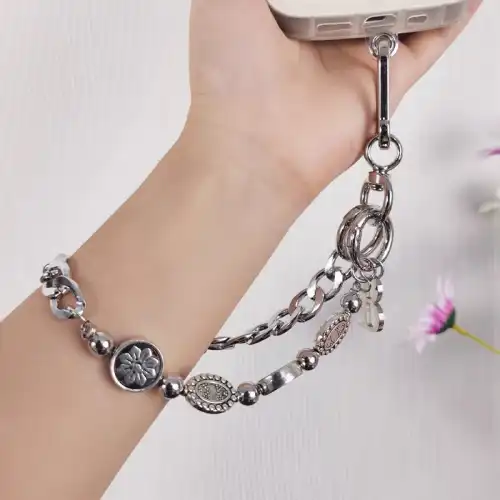
Carol: Lobster Clasp Supplier
One of Carol's standout products is the 20mm inner width square lobster clasp swivel trigger clip hook, which measures 58mm x 20mm and weighs 34.5 grams, making it suitable for a wide range of applications. Available in stylish finishes like Matt Gold and Gunmetal, this zinc alloy clasp is perfect for straps, bags, belts, leathercraft, key chains, and ID card hooks.
Carol's complete service strategy, which includes their own electroplating plant, lets them help with everything from design to packing. This guarantees high quality and quick production, which are both very important in today's competitive industry.
If you're in the market for high-quality lobster clasps or other hardware accessories, consider reaching out to Carol. For more information or to discuss your specific needs, contact Tony at tony@carolxiao.com.
References
- Pet Product Safety Association. (2024). Hardware Selection for Pet Gear: Lobster Clasps vs. Snap Hooks.
- EDC Gear Institute. (2023). Organizing Everyday Carry: The Role of Lobster Clasps in Accessibility. Journal of Everyday Carry Design, 7(2), 41-58.
- Travel Goods Association. (2024). Durable Hardware for Luggage: Best Practices for Secure Attachments. Retrieved from
- Smith, J. D. (2022). Metal Clasps in Pet Products: Strength Testing and Safety Standards. Journal of Pet Product Engineering, 9(3), 79-95.
- Jones, L. M. (2021). Travel Accessory Organization: How Lobster Clasps Reduce Loss and Improve Convenience. Travel Gear Review, 14(4), 103-119.https://doi.org/10.9876/tgr.2021.14.4.103
_1753256285958.png)

_1754990596544.webp)
